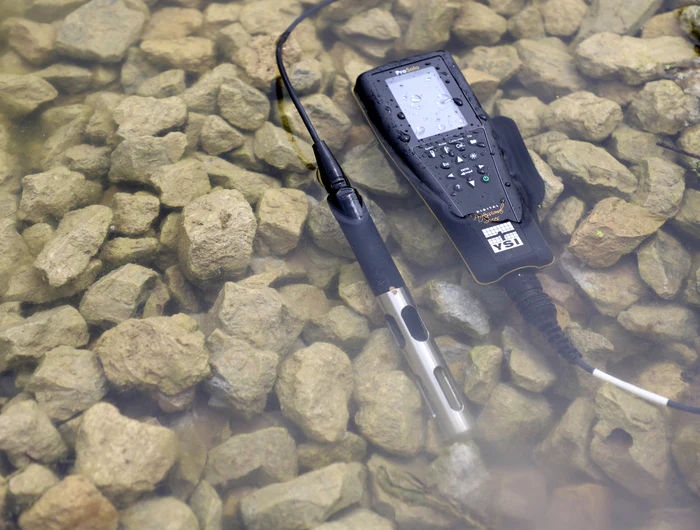Dissolved oxygen (DO) in irrigation water is being recognized as a major contributing factor in plant growth. Low DO can cause growth problems while appropriately increased levels can help reduce pathogens and improve plant root health greatly – benefiting overall plant growth. The problem is, few people measure DO in their irrigation water. Measuring DO is important. There are many different meters available on the market. Choosing the right dissolved oxygen meter can be difficult. While we don’t sell these tools, we can help break down the choices to make the selection easier.
When picking a dissolved oxygen meter, it is important to note a big distinction that separates them into two categories right away. Many meters have a DO limit of 20ppm.
These meters will not measure levels above this. However, this does not make them useless. Unless you are super-saturating your irrigation water with oxygen (adding more than would be possible through standard means), the 20ppm limit is not an issue. The graph to the right shows the saturation level of O2 in water at different temperatures at atmospheric pressure. Without super-saturating your DO, it is unlikely that you would need a meter that exceeds the 20ppm limit.
Meters that can measure oxygen levels above 20ppm are typically more expensive and have more professional features. These meters will be necessary if you plan to boost your DO using something like ozone or another method. (Learn more about super-saturation of DO in our White Paper on Dissolved Oxygen or in an article in GrowerTalks Magazine.)
Probe cord length is an important thing to consider when selecting a meter. If you are measuring DO in an easy to reach source, or from a sample bottle, a basic probe is enough. However, when looking to measure the dissolved oxygen in a pond or a large tank, a longer cord on the probe will be useful.
All DO meters will require sensor conditioning and calibration over time. Look for meters that make this easier. Some use a variety of solutions, while some will have an air calibration mode that, while not as accurate, can allow for quick calibration in the field.
Here are three good options that range in price and capabilities:
Myron-L PT-5 Dissolved Oxygen Meter: A pen-sized meter that is easy to carry. Has a limit of 20ppm, but great for quick tests. Easy to calibrate.
Milwaukee MW600 PRO Dissolved Oxygen Meter: Accurate meter that is easy to calibrate. Uses a remote probe. Limit of 19.9ppm.
YSI Pro20 Dissolved Oxygen Meter: The YSI is easy to use, accurate, and configurable with different types of probes. Measures to 50ppm and is available with different cord lengths for the probe. As their name suggests, this is the Pro DO meter.
YSI also has a great FAQ page that explains the use and care of DO meters. These tips are useful for any DO meter.

